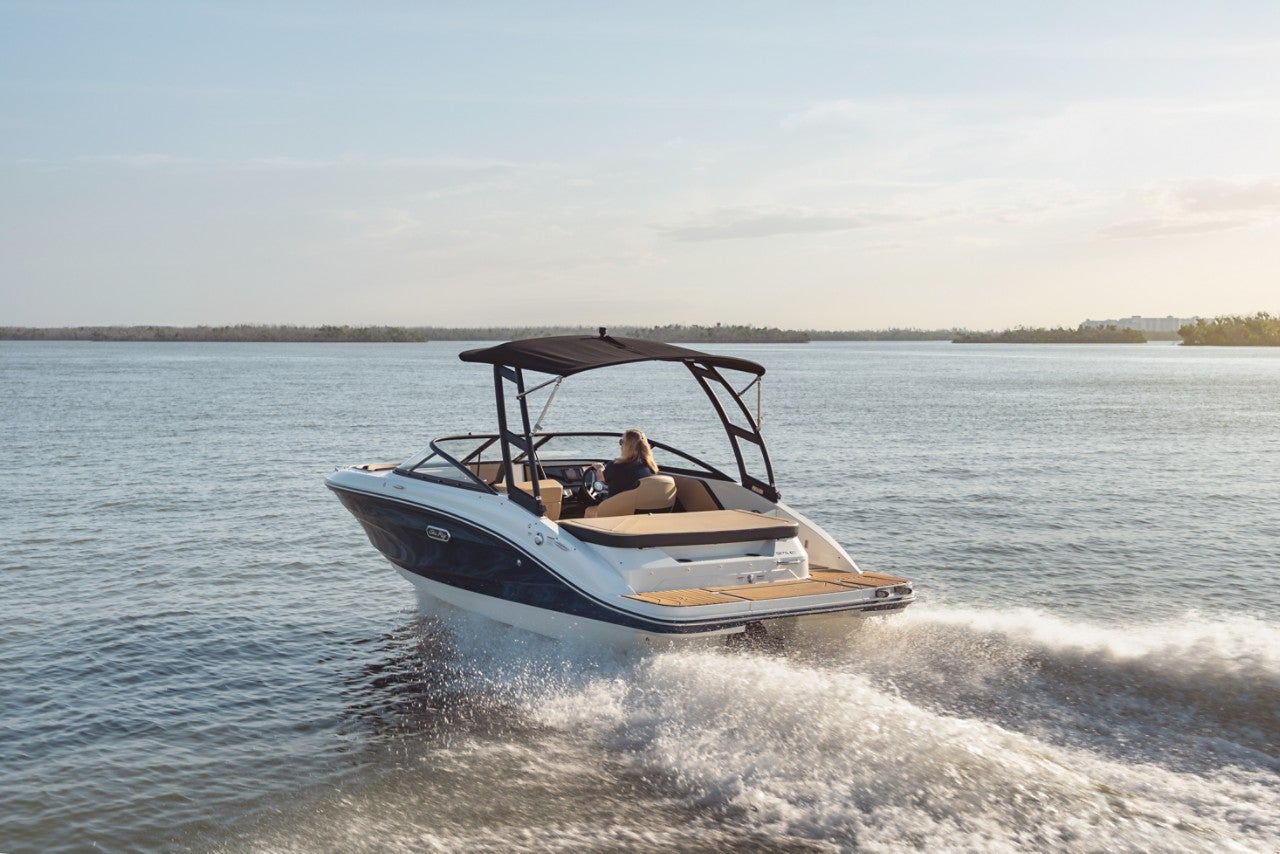Pre-Trip Checklists are Important
With all the excitement and urgency to get out on the water, it would be easy to forget something important for your crew’s safety and enjoyment. All boaters, regardless of experience level, can benefit from having a pre-trip checklist. So whether you are going out for a quick sunset cruise or heading to the Bahamas, make sure not to let something important slip through the cracks.
Things to Do Before Leaving the House:
- Check the Weather- Always check the weather forecast before heading out and confirm it periodically throughout the day.
- Invest in an inexpensive app like NOAA Radar US ($1.99) for an animated radar map centered around your location.
- If heading offshore, download a free app like Marine Weather Forecast Pro to predict wave height and duration.
Let Someone Know Where You Are Going:
- Always inform someone you trust about your plans and expected return time.
- Use apps like Apple’s Find My Friends for tracking, but remember they only work with a cell signal.
- Consider carrying a Personal Locator Beacon (PLB) for continuous satellite tracking.
Make Sure Your Boat’s Drain Plug is Installed:
This should be the first and last item on your printed checklist, highlighted in red and in all CAPS!
Inspect Your Trailer:
- Check tires for air and wear.
- Ensure turn signals and brake lights are operational.
- Verify the connection between the trailer and hitch ball, and ensure the safety chain is properly attached.
- Inspect tie-down straps and the transom-saver bar.
- Test the brakes and check for skid marks to ensure functionality.
- After a lengthy drive, check the hub for excessive heat to detect bearing failure.
U.S. Coast Guard-Required Items for Vessels 16 Feet and Longer:
- Life Jackets: One for each passenger, either worn or easily accessible. They should fit well and be in good repair.
- Throwable Floatation Device: Keep within easy reach for emergencies.
- Sound-Producing Device: An air horn that can produce a four-second blast audible for ½ a mile. Attach a whistle to each life jacket.
- Fire Extinguishers: B-I or B-II classification.
- Visual Distress Signals: Flares, flags (daytime), or high-powered lights (nighttime).
Things to Check Off Before Shoving Off:
- Run the Blower- If your boat is a sterndrive, inboard, or has a generator, run the blower for five minutes before starting the engine. Repeat this throughout the day.
- Check the Boat’s Oil Level
- Follow the 1/3 rule for fuel: 1/3 to your destination, 1/3 to return, and 1/3 in reserve.
- Carry more fuel than you think you’ll need and treat it with a stabilizer if you don’t boat often.
Conduct a Safety Briefing:
- Inform passengers about the location of safety gear and demonstrate how to operate the boat in case you become incapacitated.
- Carry Essentials
- Always have plenty of water and sunscreen, even for short trips.
- Attach the “kill” switch lanyard to the driver to stop the engine in an emergency.
The Last Checklist Item:
Having a checklist ensures you’ve taken care of all the basics, helping your family relax and enjoy a stress-free day on the water while making lasting memories. The last entry on your list should be: Have fun!
This is for general information purposes only. Your use or reliance on any of the information in this Blog is solely at your own risk. Under no circumstance will we have any liability for any loss or damage of any kind incurred as a result of the use of any of the information provided.
Options and features mentioned subject to change. Please confirm availability of all accessories and equipment with an authorized Sea Ray dealer.
